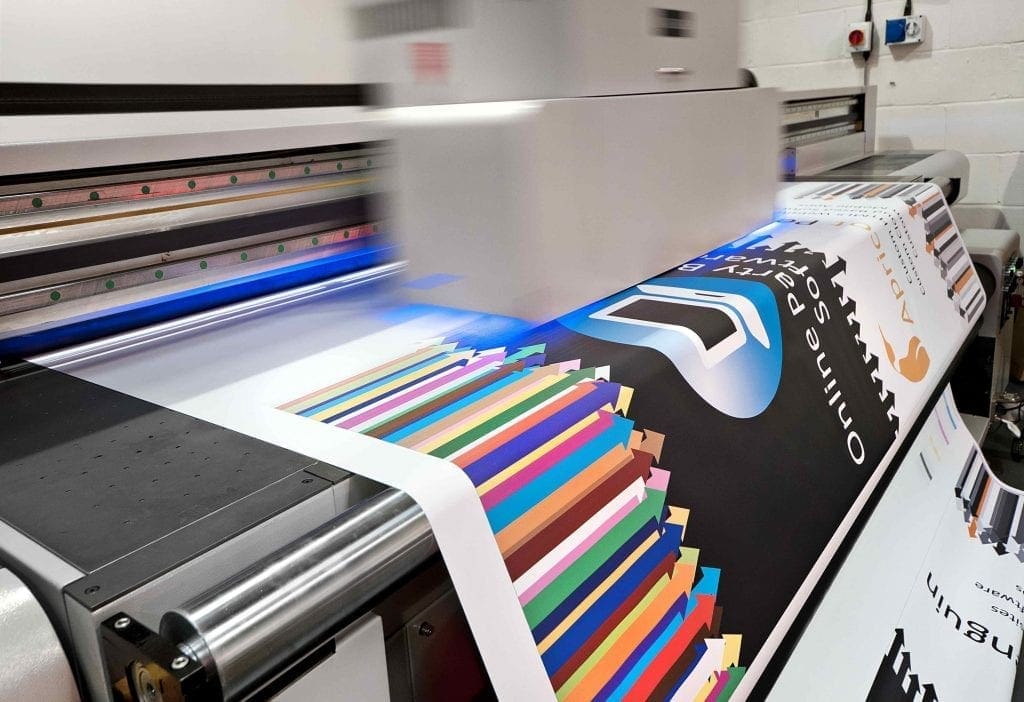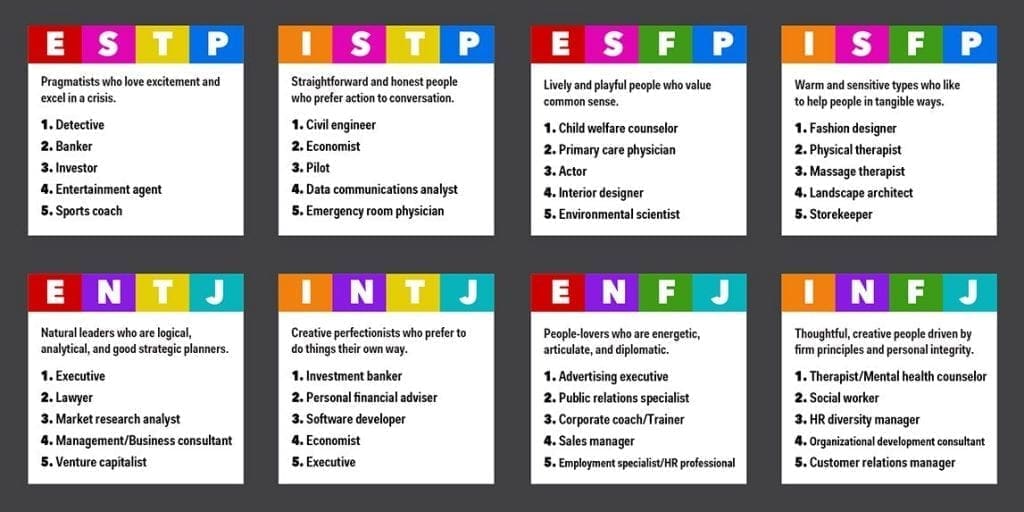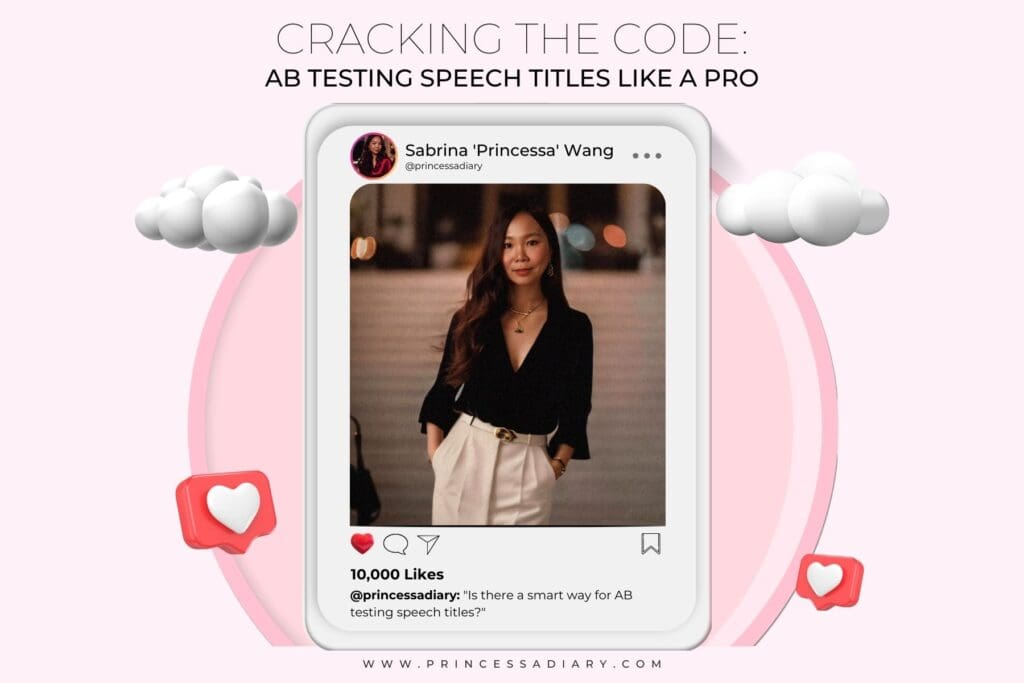Preparing images for large format digital printing

With innovative technologies at the top of the line, large format printing services is becoming more popular these days, this is largely due to it visual appeal and promotional potential. Be it a billboard, business presentation or a banner, sending out your brand’s message with large format print offers great benefits which include great audience reach as well as long lasting visual impressions. However setting up images for large format digital printing can often seem overwhelming. Here a few guidelines to help you.
Resolution
The number one thing to carefully consider with regards to resolution is that your, billboards as well as other large format printing would be probably viewed from distance away. Hence, it is important to see distance as a major factor when making a choice on resolution. One measure employed to check resolution in large format printing is known as dots per inch (DPI.) this means the amount of dots that can fit within a single inch of a digital print.
File Format
Considering the variety of file formats to select from, it’s sometimes hard to tell the best way to save your file. On the whole, TIFF or EPS are some of the most popular file formats you can use for large format prints.
TIFF: is perfect for making large files without having to sacrifice quality. This format retains specific features such as layers as well as transparency especially when saved from Photoshop.
EPS: this is actually one of the most adaptable file formats that consist of combinations of text, graphics and images. It’s employed for vector-based images in Adobe Illustrator.
As a general rule, your file format should be determined by the printer and their file specifications; hence, it is important to get in touch with your printer to talk about how to set up the file.
Sizing
To have big print, you need to scale it down. Specifications of some dimensions varies depending on the program you want to work with, but it’s in general recommended that you make use of a vector program so as to work at a small scale, and then have the printer scale it up. For the greatest results, attempt printing a small scaled version before sending your result to the printer. It will help you catch any issues before it’s far too late. Remember to routinely look at your work from distance away all through the design process to make sure that it has the effect you desire.
Saving the File
A TIFF or EPS file is the ideal format to save to; however you’ll need to get in touch with your printer to figure out their file specs. And at all times save a copy. Don’t crush your original file and then send it to print. Always try to keep an editable copy. You don’t want to redesign a bus all over again.
If you want to outsource your project to a large-format printing company, Always know the type of printer they’re using and how they want the files set up, then everyone can see the big picture.











Responses